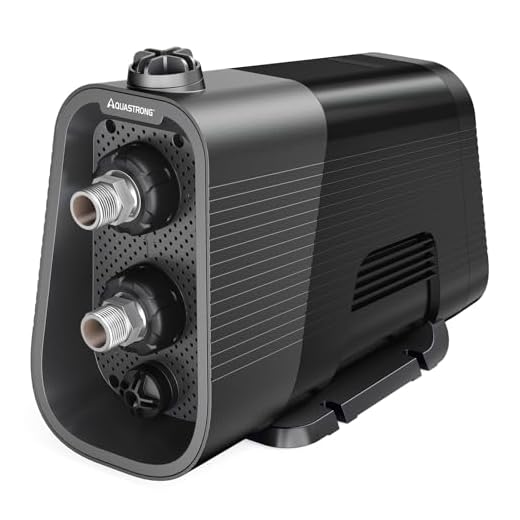



For optimal performance of your cleaning device, switching to a nozzle with a wider spray pattern is key. This simple modification can significantly enhance water flow. A 25-degree or 40-degree nozzle offers a larger opening compared to narrower models, allowing for increased volume and spread of water during operation.
Regular maintenance is crucial. Clean the inlet filter and ensure that hoses are free of obstructions to prevent flow reduction. Dirty filters or kinks in hoses restrict water movement and compromise performance. It’s crucial to inspect these components regularly to maintain high output.
Upgrade to a higher horsepower motor if possible. Models with more power typically produce greater water pressure and flow. While this may require an investment, the resulting efficiency can justify the cost through time saved in cleaning tasks.
Consider using hot water with your unit, if compatible. Heating the water can enhance cleaning effectiveness, allowing for lower flow rates while achieving similar or better results, ultimately reducing the amount of water used.
Lastly, maintaining the correct distance from the surface can affect efficiency. Too close and you may reduce flow rate; too far and you lose effectiveness. Optimal distance allows for maximum pressure and flow, making your cleaning tasks more efficient.
Tips for Increasing Water Flow Rate
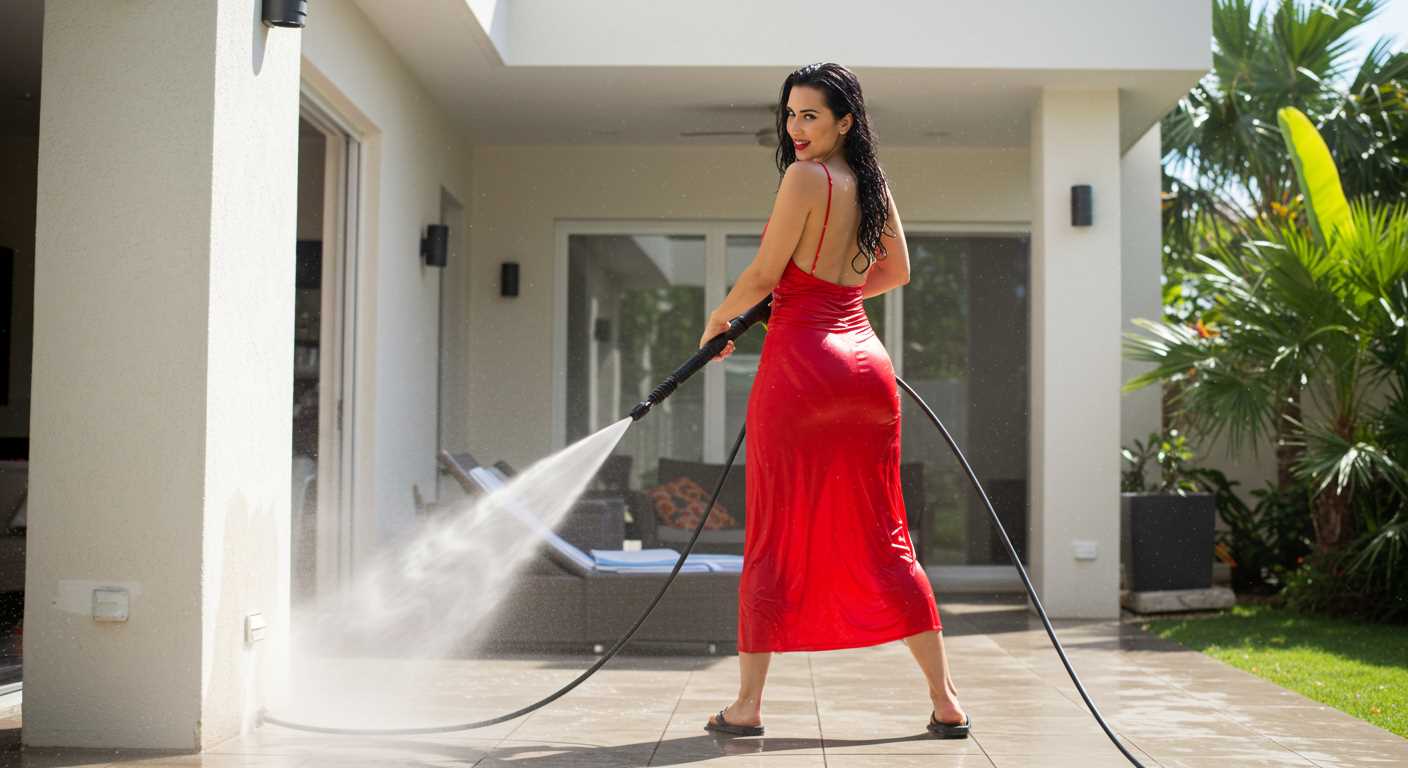
Opt for a nozzle with a wider spray pattern. This adjustment enables increased water output, effectively enhancing your cleaning capabilities without raising pressure levels.
Ensure your hose is the correct diameter and free of kinks or restrictions. A wider gauge hose allows more water to flow, improving your machine’s overall performance.
Regularly clean filters and screens. Blocked components can drastically reduce water flow, which can be rectified by routine maintenance.
Consider upgrading your unit’s pump. A high-performance pump will significantly boost water delivery, allowing for a better cleaning experience.
Utilise heat if your equipment supports it. Warmer water can reduce the viscosity of cleaning solvents, leading to improved flow and more efficient cleaning.
When using different attachments, select those designed to maximise water output. Some tools are engineered specifically for higher flow, enhancing your system’s efficiency.
Reduce hose length where feasible. Longer hoses can create drag and impede the flow, so minimising distance can yield noticeable improvements.
Collaboration with professionals on advanced mods can also be advantageous. They might offer solutions tailored to specific cleaning challenges while optimising flow.
Selecting the Right Nozzle for Increased Flow Rate
Choosing an appropriate nozzle plays a significant role in optimising water output. I recommend using a nozzle that matches the desired spraying task while ensuring maximum flow. For instance, lower-degree nozzles, like 0° or 15°, produce narrow and high-pressure streams, which may reduce overall flow due to increased water velocity. Conversely, wider 25° or 40° nozzles provide broader spray patterns that optimise water distribution, allowing for a better flow experience.
Understanding Nozzle Types
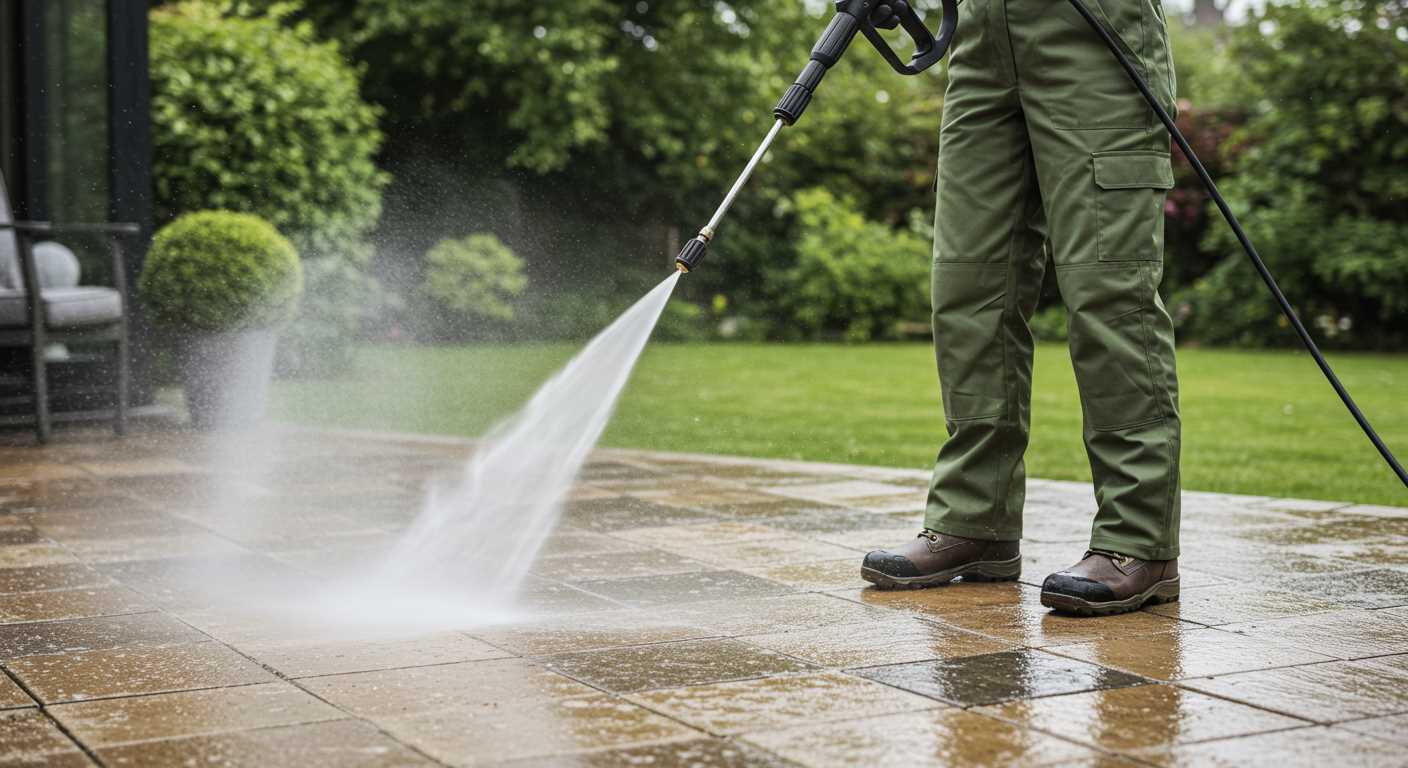
Different nozzle types offer varied patterns. Flat nozzles, such as fan or cone types, spread the water, enabling greater coverage – perfect for surface cleaning. Rotary nozzles, which combine high pressure and a sweeping motion, deliver increased cleaning power while still managing output. Selecting the right nozzle type can dramatically enhance performance depending on the task at hand.
Nozzle Size Considerations
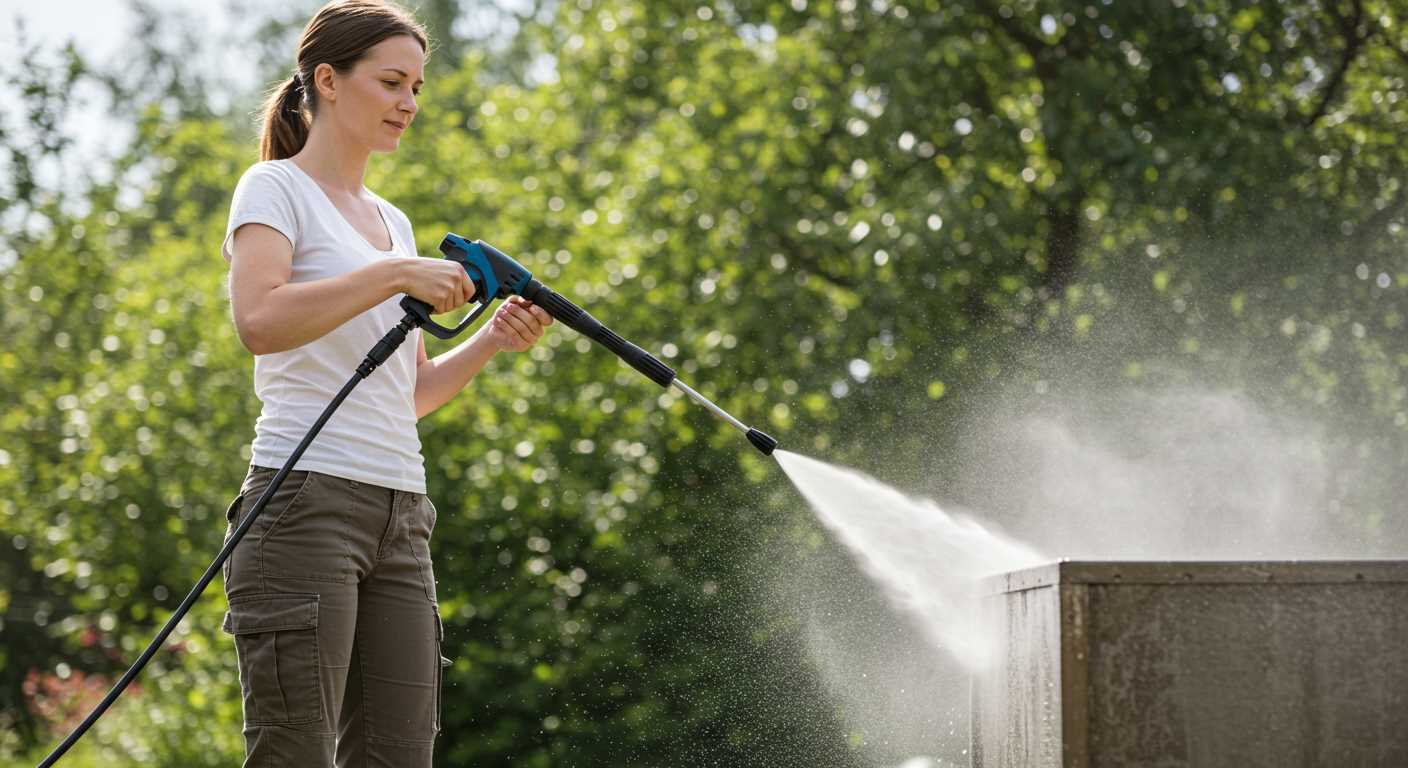
Pay attention to the orifice size. A larger orifice allows more water to pass through, enhancing flow but potentially sacrificing pressure. Check the manufacturer specifications for orifice sizes compatible with the model in use. Experiment with different sizes to find the right balance for your requirements, ensuring maximum efficacy during tasks.
Adjusting the Pressure Settings for Optimal Flow
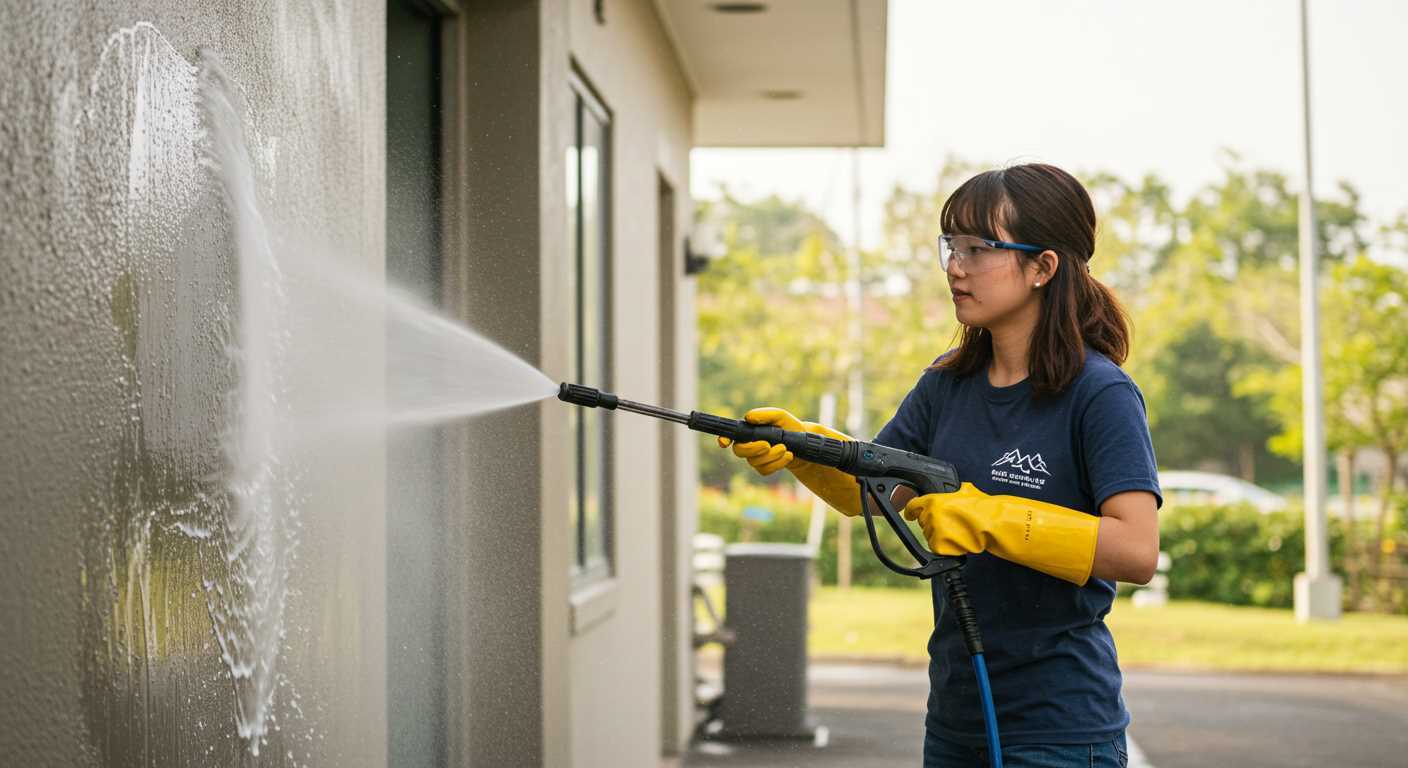
First, identify the machine’s adjustable pressure settings, typically located on the spray gun or the main unit. Turning the dial or adjusting the knob changes the pressure output. Lowering the pressure can sometimes allow increased water flow, enhancing overall effectiveness during cleaning.
Test different levels during use. Gradually decrease the pressure while observing the flow rate and the cleaning efficiency. A balance must be struck; too low may hinder cleaning, while too high can cause damage to delicate surfaces.
Standard models typically provide multiple pressure levels. Utilizing a mid-range setting often yields a good compromise between force and fluid delivery. For stubborn stains, increasing the pressure temporarily may be beneficial, but revert to lower settings for continuous cleaning.
Resetting the pressure to factory settings can also solve issues where flow seems inconsistent. After adjustments, check hoses and connections for blockages or leaks. Ensure the intake screen is clean and the water source is adequate, as these factors can also impact flow.
Regularly monitor for wear on seals and components. Damaged parts may lead to inefficiencies and reduced flow. Maintaining optimum performance not only contributes to increased flow but also prolongs the lifespan of the equipment.
Maintaining Your Cleaning Device for Maximum Output
Regular upkeep is vital. Aim to clean or replace the filter frequently to prevent clogs that impede flow. Dirt and debris can accumulate, thus monitoring the filter ensures consistent performance.
Inspecting Hoses and Connections
Frequent inspections of hoses and joints will help identify leaks or wear. Small cracks can drastically reduce efficiency. If a hose appears damaged, replacing it promptly can restore optimal operation.
Routine Maintenance Tasks
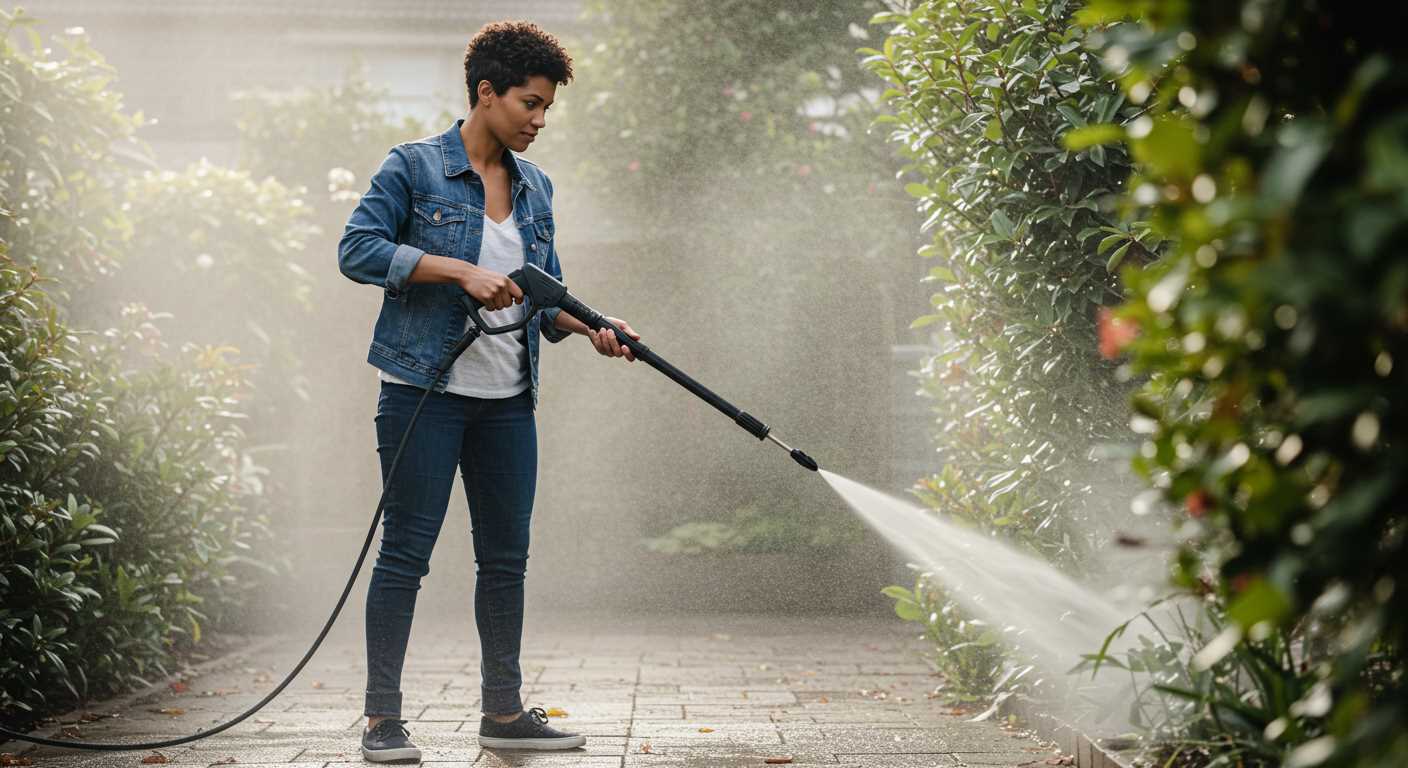
- Check oil levels regularly; low oil can cause overheating.
- Ensure the pump is functioning correctly; a malfunctioning pump can reduce output.
- Clean the nozzle after each use to prevent build-up.
- Test the pressure gauge to ensure it’s accurate; a faulty gauge may lead to miscalculations.
Storing the equipment properly is equally important. Keep it in a dry location to prevent rust and corrosion. Protecting the device from extreme temperatures can also prolong its lifespan.
Conducting these simple yet effective maintenance steps ensures the apparatus performs at its best, enhancing overall efficiency.
Upgrading the Hose to Improve Water Flow
.jpg)
Replace the existing hose with a higher diameter version, ideally at least 3/8 inch. This modification enhances water volume while reducing pressure loss, resulting in a better cleaning experience.
Opt for a reinforced, high-quality material such as rubber or a hybrid blend. These options resist kinking and wear, ensuring longevity and consistent performance.
When selecting a new hose, consider the length carefully. Avoid excessively long hoses, as they can lead to diminished performance. A length of 50 to 100 feet is typically sufficient, ensuring flexibility without compromising output.
The connection fittings should also match your equipment’s specifications. Look for brass or stainless steel connectors, which provide durability and prevent leaks.
Test different hose lengths with existing equipment to find the optimal balance between reach and water flow. Some users report substantial improvements simply by upgrading to a suitable hose, making it a worthwhile investment.
| Hose Type | Recommended Diameter | Material | Typical Length |
|---|---|---|---|
| Standard | 1/4 inch | PVC | 50-100 feet |
| Upgraded | 3/8 inch | Rubber/Hybrid | 50-100 feet |
| Commercial | 1/2 inch | Reinforced Rubber | Up to 200 feet |
Investing in a higher-quality hose is a straightforward approach to enhance your cleaning apparatus’s performance, leading to superior results with less effort.
Utilising a Water Supply with Higher Pressure
Connecting to a water source with greater pressure significantly enhances flow rate and performance. Begin by assessing the water supply in your area. Municipal systems often provide adequate pressure; however, local taps may have restrictions that limit flow. To ensure maximum output, check the pressure readings using a gauge. I recommend aiming for a supply pressure of at least 50 PSI.
Upgrading your connection can make a substantial difference. Employ a dedicated line directly from the main supply, which bypasses intermediary hoses or valves that could hinder flow. This direct approach generally results in improved performance.
Additionally, consider implementing a booster pump to elevate the water pressure if local supply is insufficient. A booster pump can amplify existing pressure, contributing to increased flow rate and enhancing the unit’s cleaning capabilities.
When installing a new connection or pump, ensure that all fittings are secure and free from leaks. Any leakage not only wastes water but also reduces effectiveness. I regularly encountered significant performance drops due to even minor leaks in fittings.
It’s prudent to periodically inspect plumbing for blockages or wear. Clogs can develop in hoses or connectors, limiting flow even when supply pressure is adequate. Regular maintenance is essential for sustained performance.
Implementing Proper Technique for Enhanced Washing
Apply a consistent, sweeping motion during operation. This ensures even coverage and prevents streaks or spots, enhancing efficiency. Maintain the nozzle at a uniform distance from the surface; generally, around 12 inches is recommended for optimal cleaning power without causing damage.
Utilise overlapping passes to ensure no areas are missed. This method reduces the need for multiple passes and saves time while improving overall results. Always begin at the top of the surface and work your way down to avoid re-cleaning areas.
Start with the most dirty or heavily soiled areas, using a slower motion to allow the solution to break down grime effectively. For stubborn stains, consider allowing the cleaning solution to dwell for a few minutes before rinsing.
In windy conditions, angle the spray to minimise the impact of the wind on the cleaning solution, preventing it from being blown away before it works effectively. Position yourself in a way that allows the jet to flow downwards, which helps gravity assist in rinsing.
After cleaning, always rinse the surface thoroughly to ensure no residues remain. This final step prevents streaking and enhances the overall finish. Regular practice of these techniques leads to quicker, more efficient results while extending the life of the equipment used.



